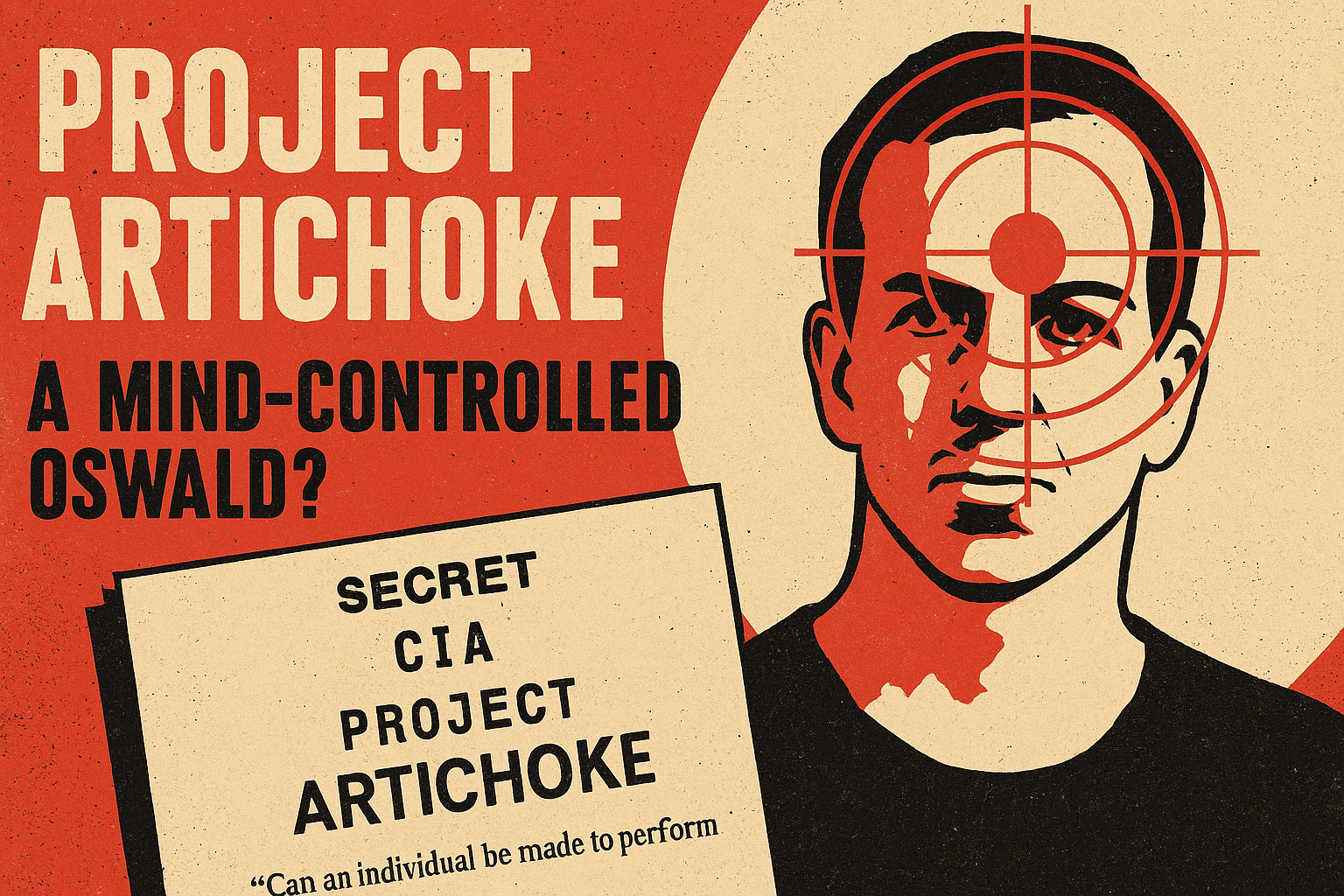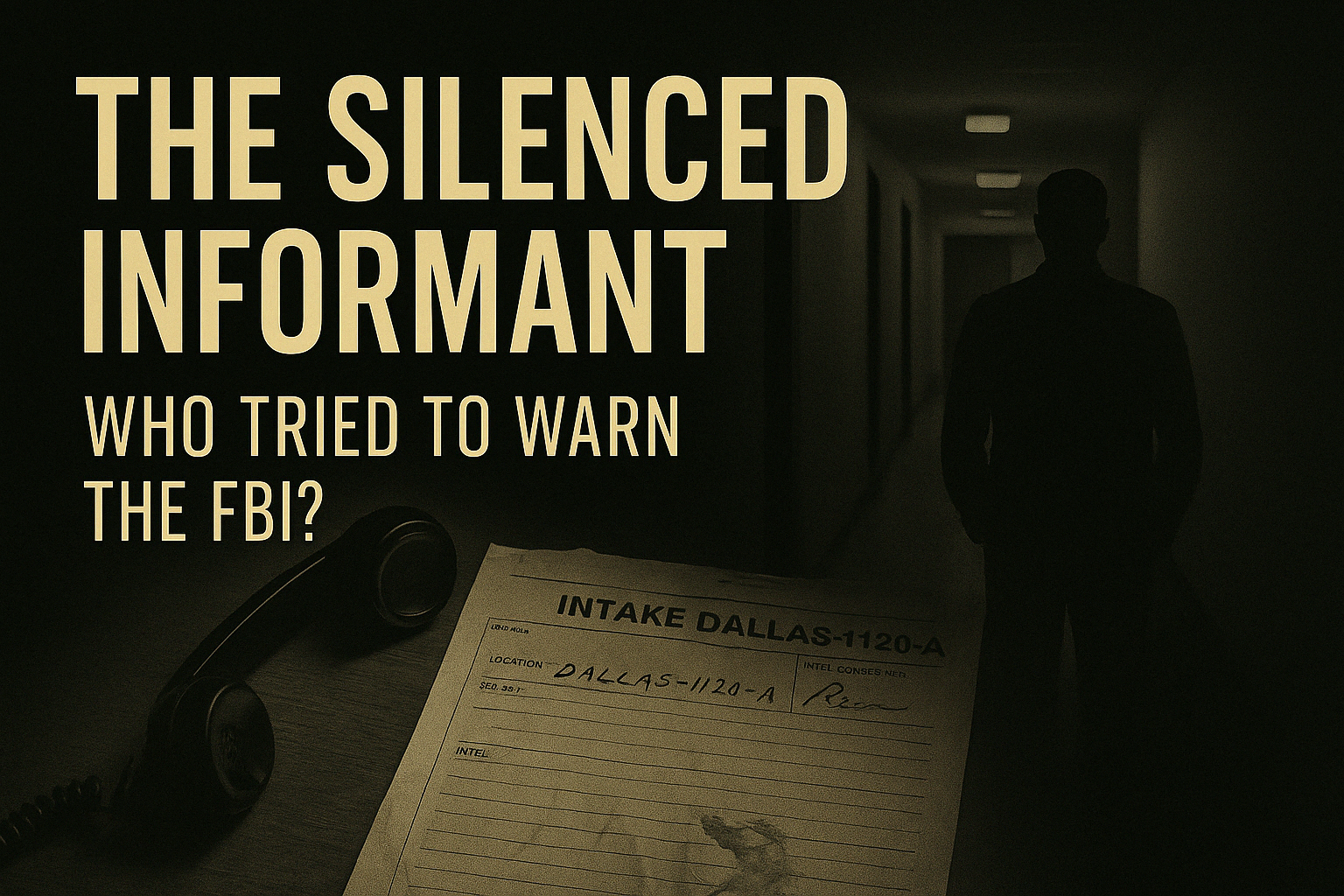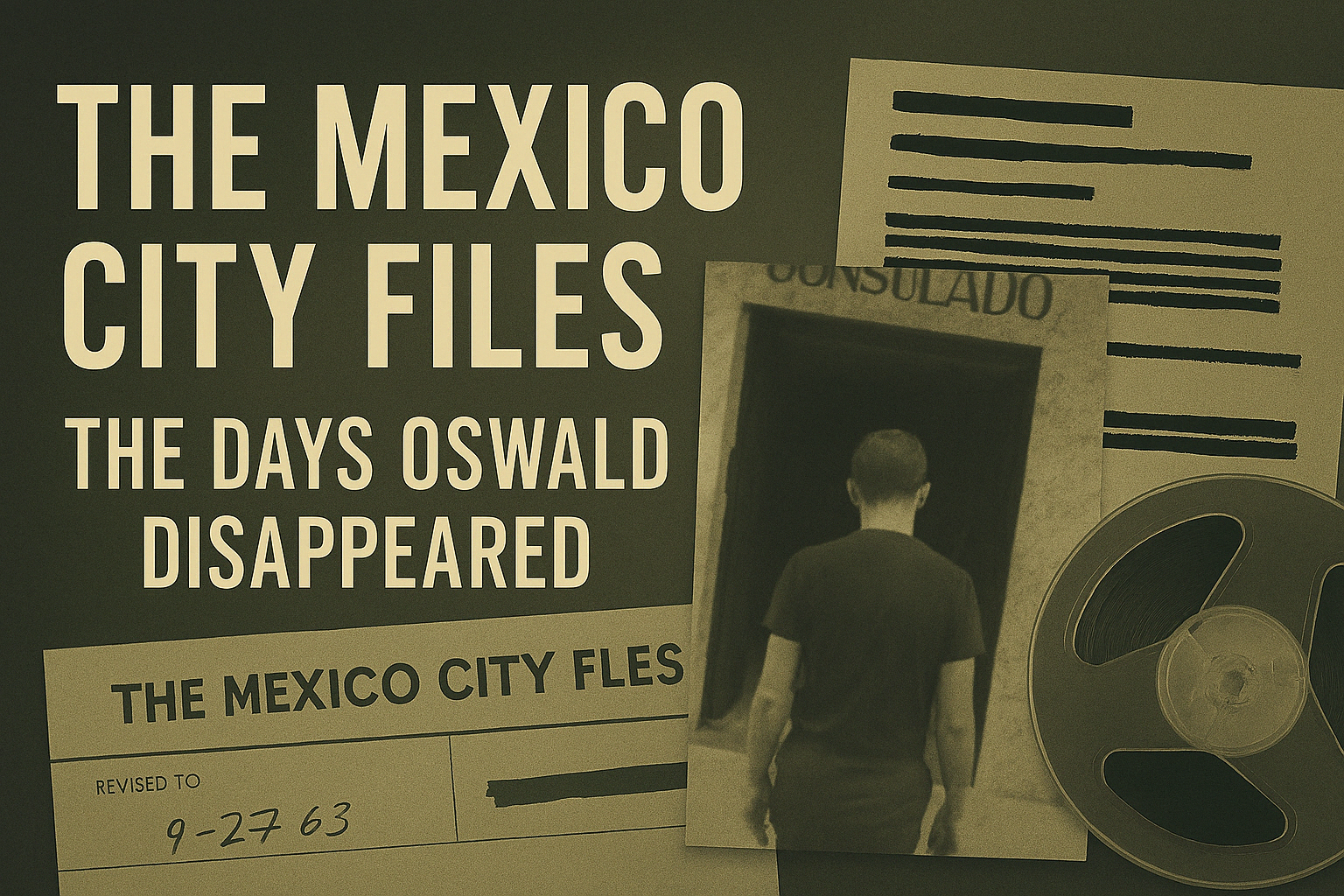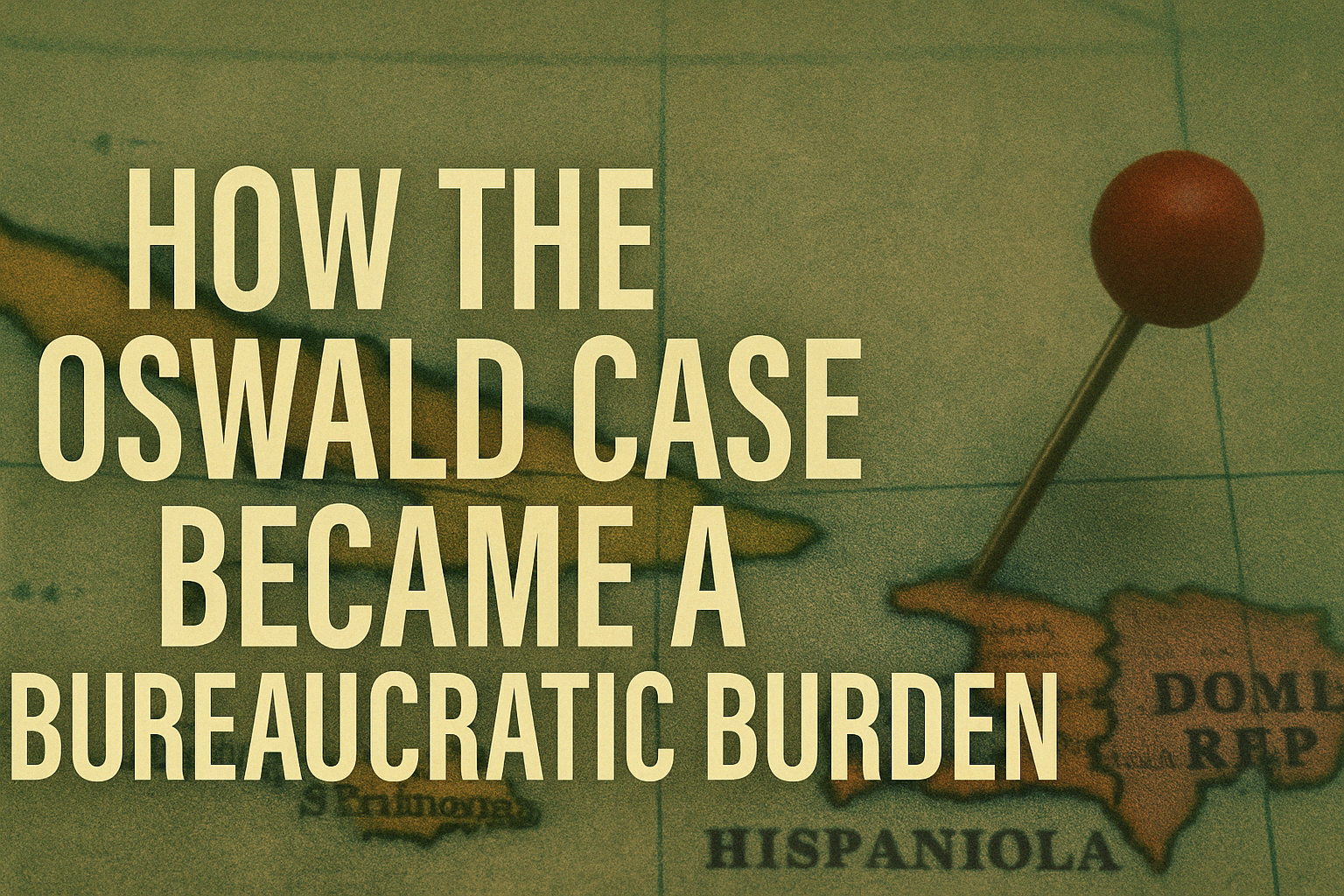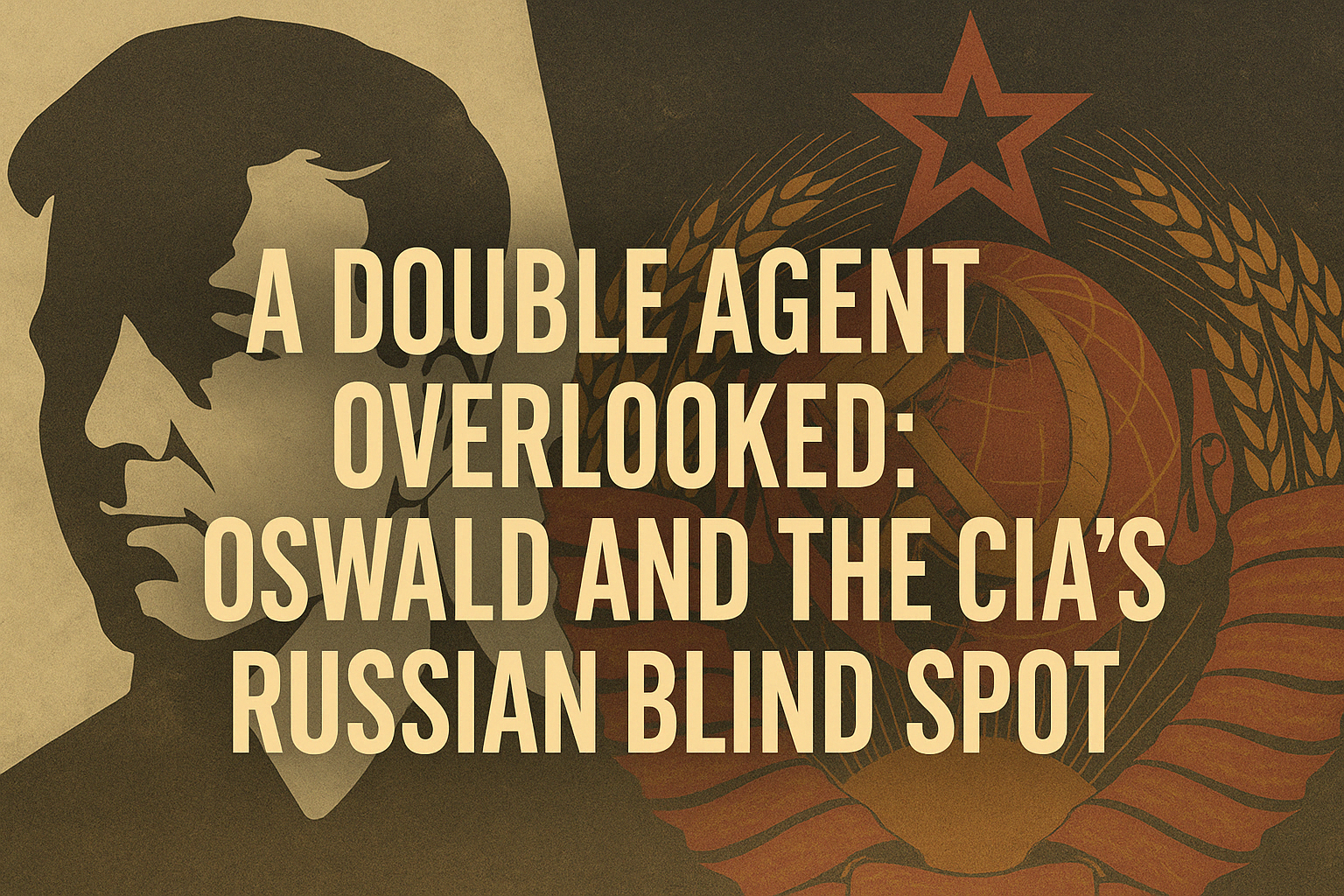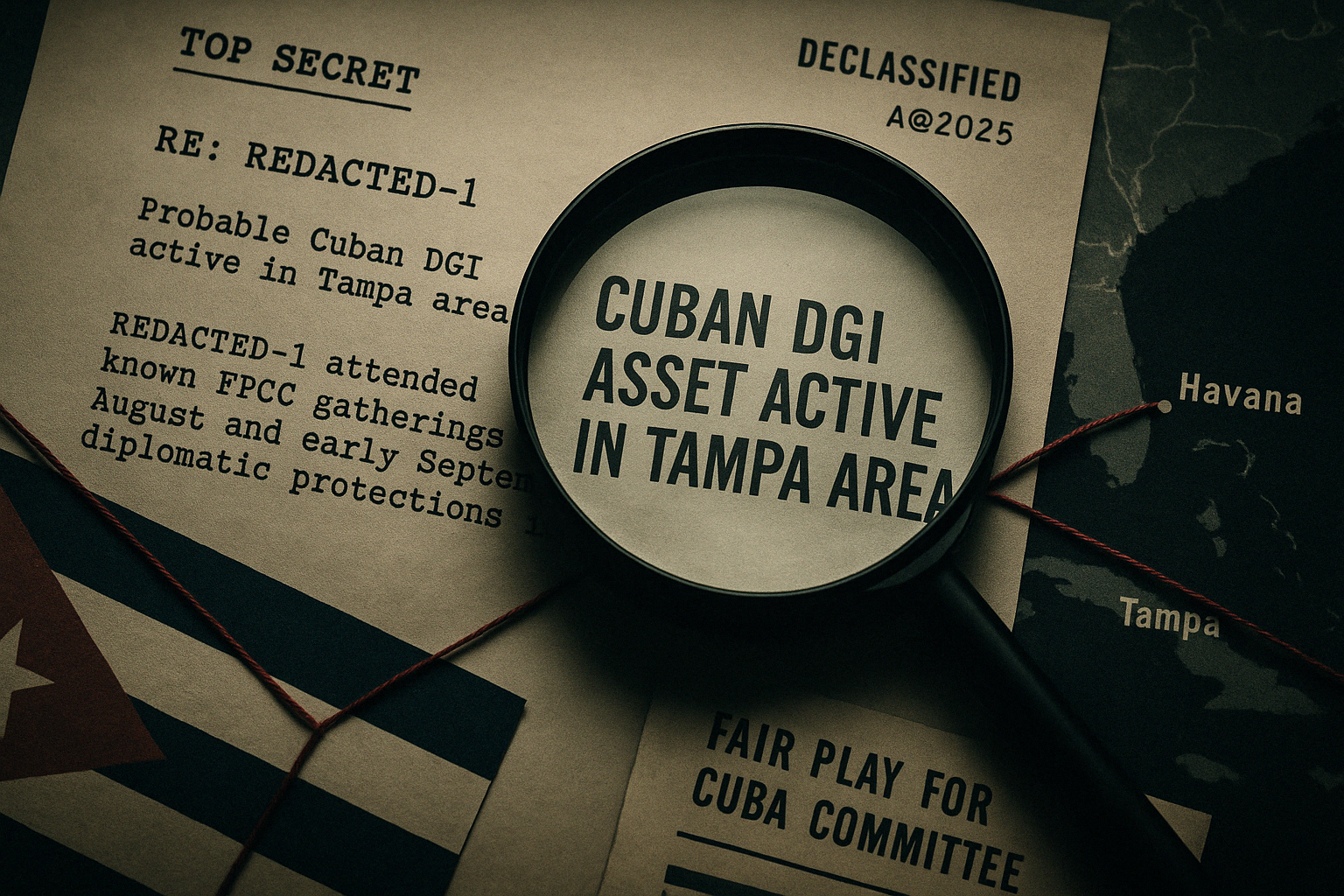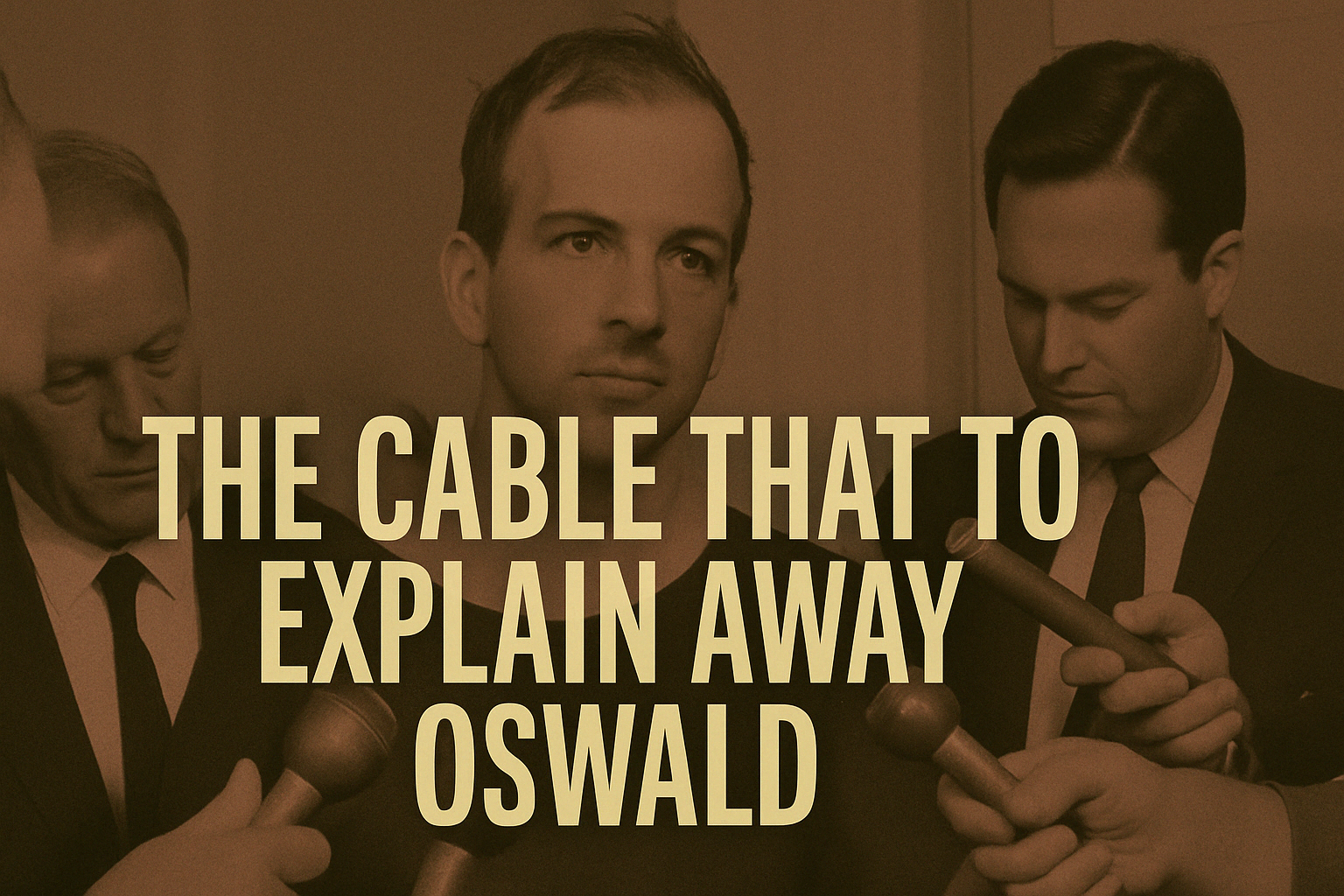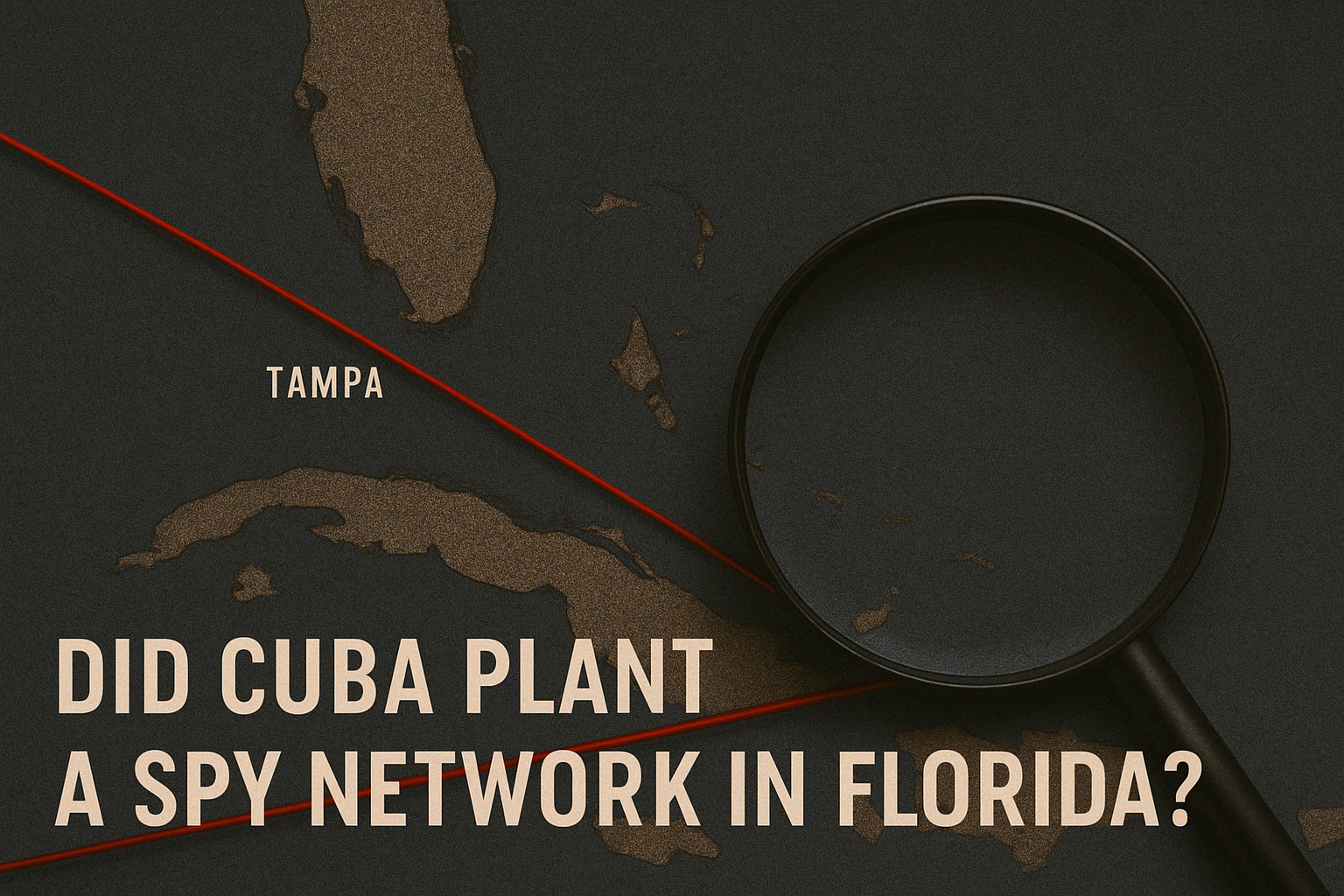“Can an individual be made to perform an act of attempted assassination involuntarily?”
- CIA memo, Project ARTICHOKE, January 1952
🕵️♂️ The Program That Preceded MKULTRA
Long before MKULTRA became the CIA’s infamous mind control project, there was Project ARTICHOKE-a darker, more experimental effort exploring hypnosis, drug manipulation, and psychological control of unwitting subjects.
Newly released files reveal a chilling intersection between ARTICHOKE’s early field trials and one name we’ve all heard a thousand times: Lee Harvey Oswald.
But this time, it’s not about where he was-it’s about who he was becoming.
📂 The Cuba Clinic Connection
Declassified CIA documents reveal that in 1962, Oswald’s name appeared in a redacted personnel log connected to a facility in Havana suspected of hosting unauthorized “neurological evaluation exercises.” According to one document, patients were exposed to “psychotropic suggestion, sleep dep cycles, and fabricated memory induction.”
One memo includes the phrase:
“O. showed significant responsiveness to modified social loyalty constructs. Further testing discouraged due to volatility.”
Who was “O.”? The code key to that memo-also released-matches Lee Harvey Oswald’s full initials and military serial number.
🧠 The Trigger Phrase Theory
A second document from 1963 describes a failed ARTICHOKE attempt to “induce operable post-hypnotic suggestion in a candidate with unstable ideological anchoring.”
The phrase meant to trigger the action?
“The umbrella stays dry.”
This might sound like nonsense-until you realize one of the most mysterious figures in Dealey Plaza that day was the so-called “Umbrella Man”-who opened his umbrella just as the shots rang out, despite there being no rain.
Coincidence? Or coded activation?
🚨 Oswald’s 36-Hour Blackout
A gap in Oswald’s timeline exists from October 29–31, 1963, just three weeks before the assassination. New files from an internal DOD-CIA project suggest he may have been held at a secure psychiatric detainment site in Louisiana, a location flagged in ARTICHOKE documents as a “hypnotic reinforcement chamber.”
He emerged from that period agitated, paranoid, and-to his wife Marina-“completely changed.”
🔍 The Second Shooter Inside His Mind
Could it be that Lee Harvey Oswald was both the shooter and not the shooter? That his mind was fractured into operational roles without his full knowledge? Former ARTICHOKE technician Gordon Yancey, interviewed in 1977 and gag-ordered until now, stated:
“They were building echo minds-people who thought thoughts planted in them.”
The files suggest Oswald could have been one of those minds.
🧳 Files Buried in Plain Sight
Many ARTICHOKE files were thought destroyed in the early 70s. But a mislabeled archive titled “Bayou Behavioral Studies 1963” revealed 72 pages of notes on field agents who reported “positive hypnosis subjects demonstrating executional obedience without recollection.”
One field subject in that study? A young American male referred to only as “Cadet 0.”
Zero. As in Oswald.
“He thought he was going to defect again. He didn’t know he was going to Dallas.”
- Confidential source, CIA Psychology Division
